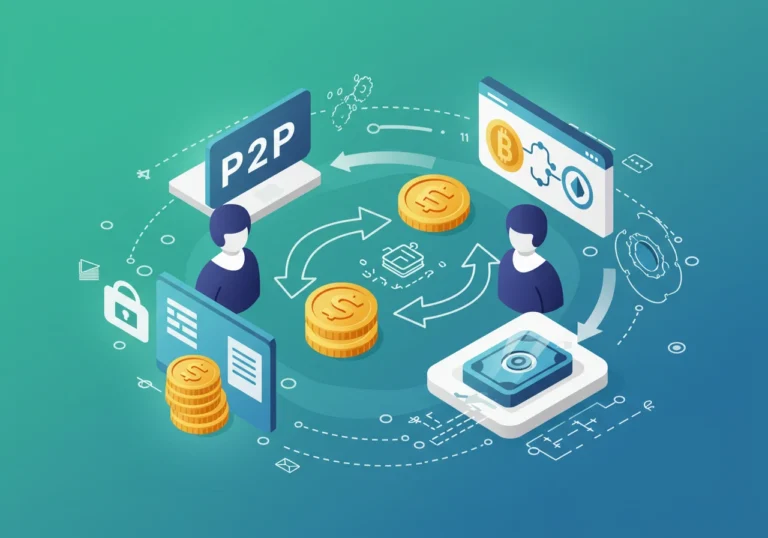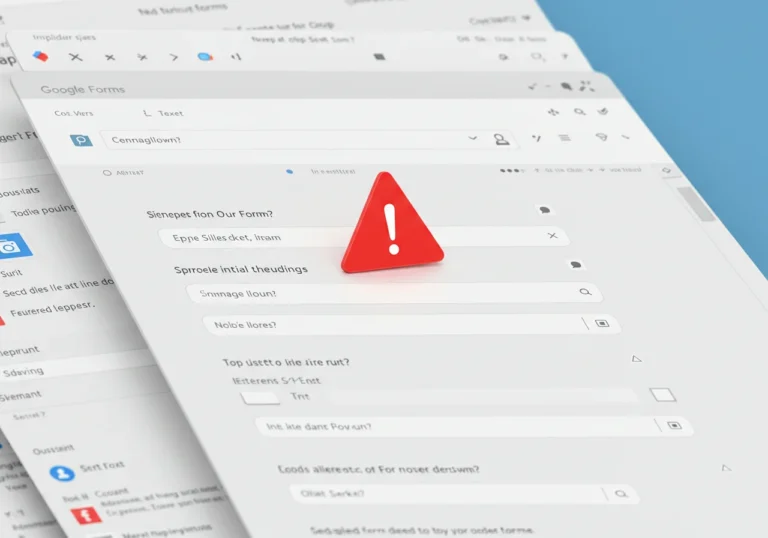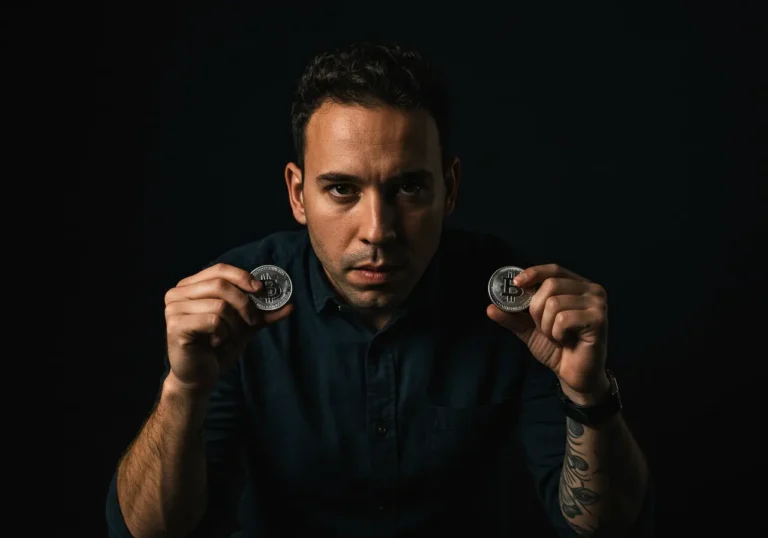Green Crypto Explained: How Proof-of-Stake Solves Environmental Concerns
Green Crypto is about making digital money kinder to the environment. It focuses on designs and choices that reduce energy use and carbon emissions. One of the biggest changes is moving from heavy energy systems to lighter, smarter systems. We’ll walk through how that works, i’ll explain what Proof-of-Stake is, why it matters, and what trade-offs still exist.
What is Green Crypto and why does it matter?

The simple idea
Green Crypto means using crypto systems that do not waste a lot of electricity. Some older systems require massive computing power. Newer designs try to reach the same goals—security, fairness, reliability—without the big power bill.
Why people worry
People worry because energy used for some cryptocurrencies can be large. That can mean more pollution if the electricity comes from fossil fuels. No one wants technology that hurts the planet. So the industry started to rethink how blockchains work.
Proof-of-Work vs Proof-of-Stake — two ways to secure a blockchain
Proof-of-Work: the heavy lifter
Imagine a big race where computers solve puzzles. The first to solve gets a prize. That contest keeps everyone honest on the network. This method is called Proof-of-Work (PoW). It is strong, but energy hungry. Machines run fast and hot. Miners compete, using electricity, cooling, and time.
Proof-of-Stake: a quieter approach
Now imagine a club where members put some money in a safe. The club picks a member at random to check the next page of the ledger. If they cheat, they lose their money. If they are honest, they earn a reward. That is the rough idea of Proof-of-Stake (PoS).
PoS swaps heavy computing for financial commitment. Instead of burning electricity to win, validators commit coins as a stake. The network chooses validators based partly on how much they stake and other fair rules. This reduces the need for constant, power-hungry competition.
How Proof-of-Stake reduces environmental impact
Far less electricity
The biggest win for Green Crypto using PoS is energy. Validators in PoS systems don’t race to solve puzzles. They run normal servers that use only a fraction of the power of mining farms. Studies show the drop in energy use is dramatic—often by 99% compared to PoW.
Smaller hardware footprint
Miners need specialized machines and cooling infrastructure. Validators need regular computers or cloud servers. That means fewer rare materials, lower hardware waste, and less electronic trash over time.
Easier to power with renewables
PoS’s lower energy needs make it easier to run systems on green sources like wind or solar. Small community validators can use local renewable power without huge investment.
Does PoS still keep the blockchain safe?
Security is different, not weaker
PoW and PoS both aim to secure the network, but they do it in different ways. PoW ties security to computing power. PoS ties it to financial skin in the game. If a validator tries to cheat in PoS, they can lose their stake. That financial penalty keeps many actors honest.
Attacks and defenses
No system is perfect. PoS must be carefully designed to avoid centralization or attacks. Many PoS networks use smart rules:
- Slashing: dishonest validators lose a part of their stake.
- Random selection: validators are chosen randomly to avoid predictable control.
- Bonding periods: stakes are locked for a time to discourage quick abuse.
When designed well, PoS systems can be both secure and energy efficient.
Real-world examples: Ethereum’s big move

One of the most talked-about transitions was when Ethereum moved from PoW to PoS. This change reduced Ethereum’s energy use drastically. People watched closely. Some called it a turning point for Green Crypto. It showed that large networks can move toward cleaner models.
Common concerns about Proof-of-Stake
Centralization worries
Some fear PoS could concentrate power among large holders. If a few parties control most of the stake, they may have outsized influence. Good networks guard against this with economic incentives and rules to encourage broad participation.
Complexity and new risks
PoS introduces new technical and economic details. Teams must test carefully and audit code. Mistakes can be costly. The design must be transparent and well-governed.
Environmental trade-offs aren’t gone entirely
Even PoS systems have a footprint—servers, networks, and occasional hardware upgrades. But the scale is much smaller than PoW systems.
How everyday users can support Green Crypto
Choose greener networks
When you buy or use crypto, you can favor projects built on PoS or other energy-efficient methods. This choice supports cleaner designs with your money and attention.
Stake responsibly
If you stake coins, pick reliable validators that follow best practices. Responsible validators often run on renewable energy and have clear policies.
Think long term
Support projects that publish transparent energy use and sustainability plans. Long-term thinking helps the whole ecosystem improve.
Beyond PoS: other green innovations
Green Crypto includes ideas beyond Proof-of-Stake:
Layer 2 scaling
Off-chain solutions settle many small transactions outside the main chain and then record the net result. This reduces on-chain load and energy use.
Proof-of-Authority and hybrids
Some networks use trusted validators or mix methods to balance speed, cost, and security.
Carbon credits and offsets
Some projects buy carbon credits to offset emissions. Offsetting is not perfect, but it is a practical step while systems improve.
Why energy efficiency matters for adoption
Companies, cities, and institutions worry about sustainability. Many will only work with technologies that meet climate goals. Cleaner crypto systems open doors for more partnerships and broader use. That helps the whole space grow responsibly.
The role of regulation and policy
Governments can encourage Green Crypto by:
- Rewarding energy-efficient designs.
- Setting transparency rules for energy use.
- Supporting renewable energy for data centers.
Good policy can align incentives so that cleaner systems thrive.
A realistic look: what Green Crypto does and does not do
What it does:
- Cuts energy use significantly.
- Reduces hardware waste.
- Makes running validators accessible to ordinary people.
- Helps crypto projects meet sustainability goals.
What it does not do:
- Erase all environmental impact.
- Remove the need for careful design and oversight.
- Eliminate all centralization risks.
Understanding both sides keeps the conversation honest.
Conclusion
Green Crypto is not a slogan. It is a practical shift toward lower energy use and smarter design. Proof-of-Stake plays a central role in this change by replacing energy-heavy contests with financial commitment. The result is a much smaller environmental footprint and new ways for people to participate without building massive mining farms.
That does not mean the job is done. Careful design, wide participation, and honest regulation are still essential. But moving to greener methods opens the door for cryptocurrency to be useful and responsible. If you care about both technology and the planet, Green Crypto offers a hopeful path forward.
Key takeaways
- Green Crypto aims to reduce crypto’s environmental impact.
- Proof-of-Stake replaces energy-intensive mining with stake-based validation.
- PoS can cut energy use dramatically while maintaining security.
- Challenges include centralization risk and the need for careful design.
- Users can support greener networks by choosing PoS projects and responsible validators.
- Policy and transparency help accelerate the shift to sustainable crypto.
FAQ
Q: Is PoS always better for the environment than PoW?
A: Generally yes—PoS uses far less electricity. But final impact depends on network design, hardware choices, and the energy sources used.
Q: Can PoS be hacked more easily than PoW?
A: PoS has different risks, but many networks use mechanisms like slashing, random selection, and long bonding periods to keep security strong.
Q: Do PoS validators need fancy hardware?
A: No. Validators usually need reliable but modest servers. This lowers hardware waste and makes participation easier.
Q: Will all crypto move to PoS?
A: Not necessarily. Some projects prefer PoW or hybrid models. The trend favors energy efficiency, though, so many new projects choose PoS or alternatives.
Q: How can I tell if a crypto project is truly green?
A: Look for transparency on energy use, open audits, community governance, and validators that use renewable power or carbon-neutral practices.
Table of Contents

Hello, I’m Edmilson Dias, founder of CoinBringer. I created this platform to guide people through the fast-moving world of cryptocurrency with clarity and safety. With years of research in blockchain and digital security, my goal is to translate complex topics into practical knowledge, offering reliable tutorials, safety insights, and guidance for both newcomers and experienced users.
Discover more from CoinBringer
Subscribe to get the latest posts sent to your email.







